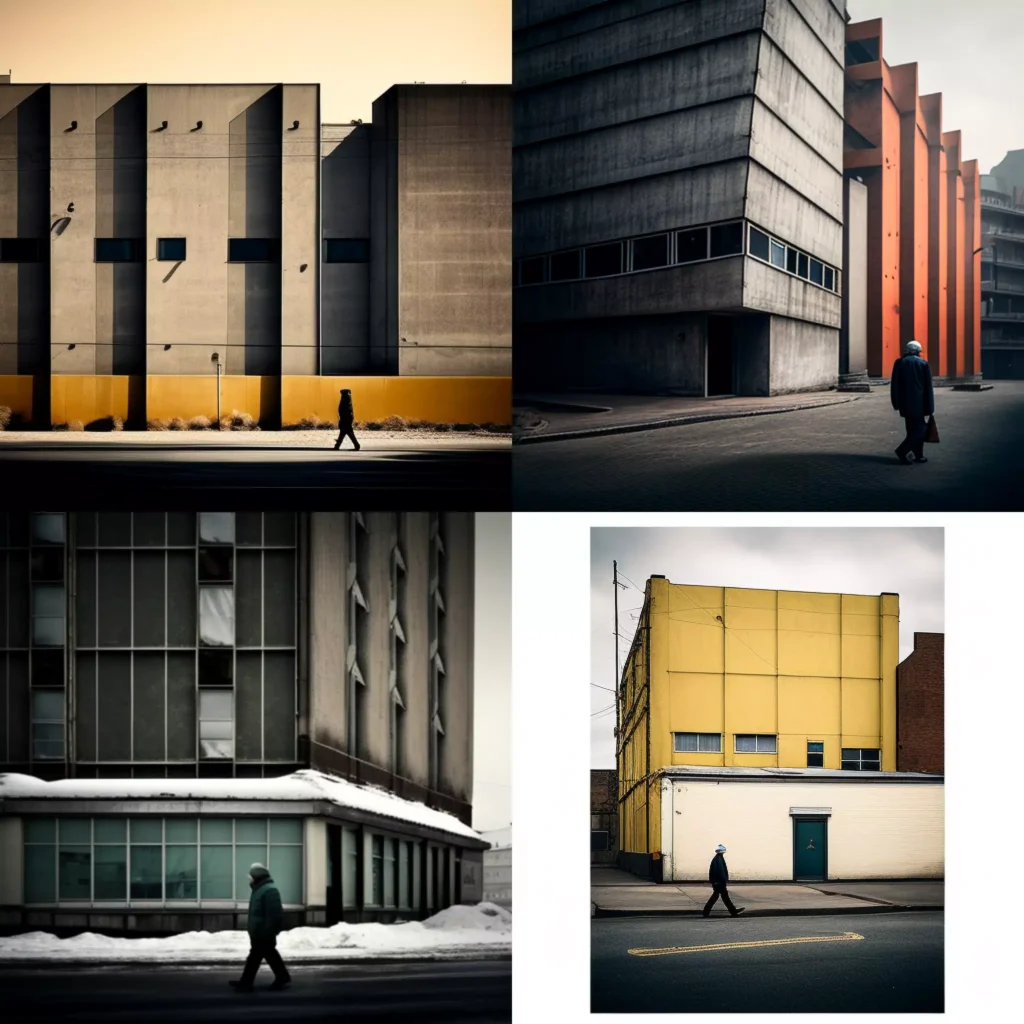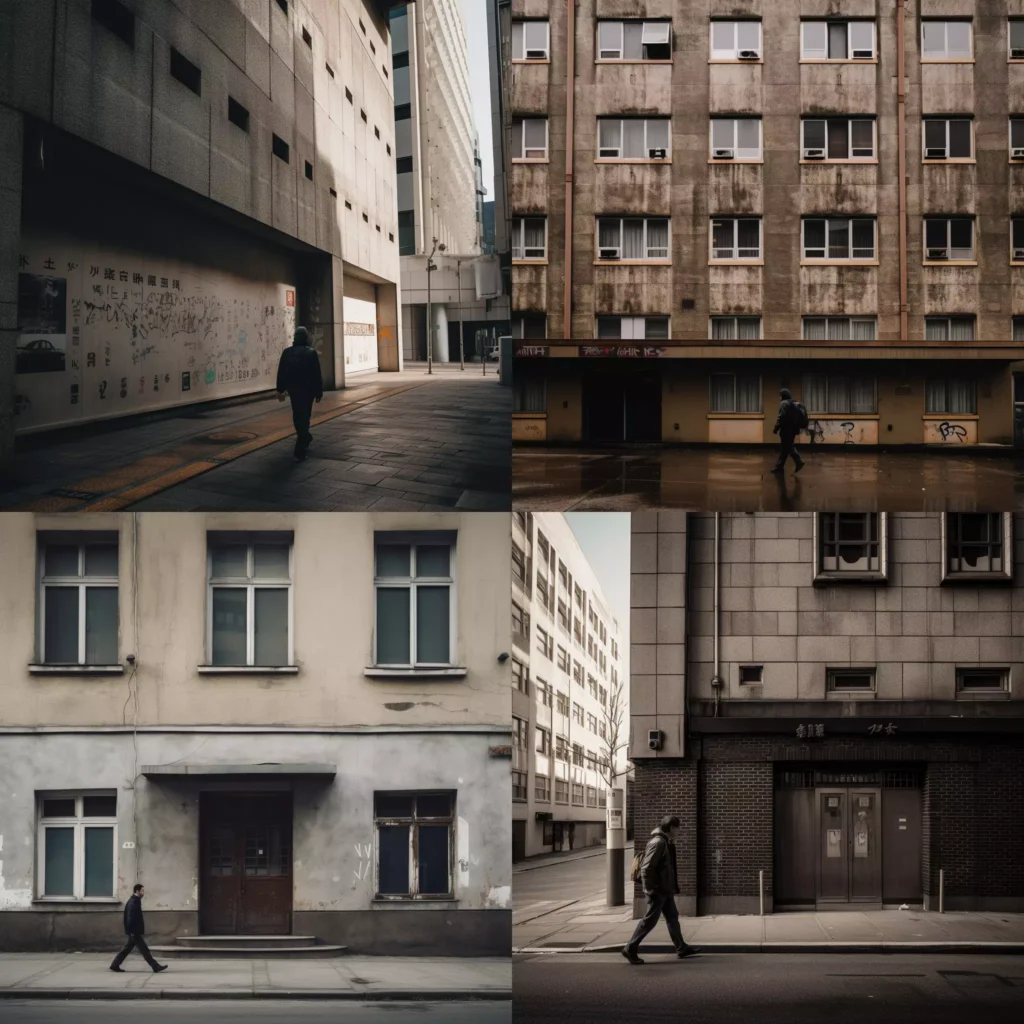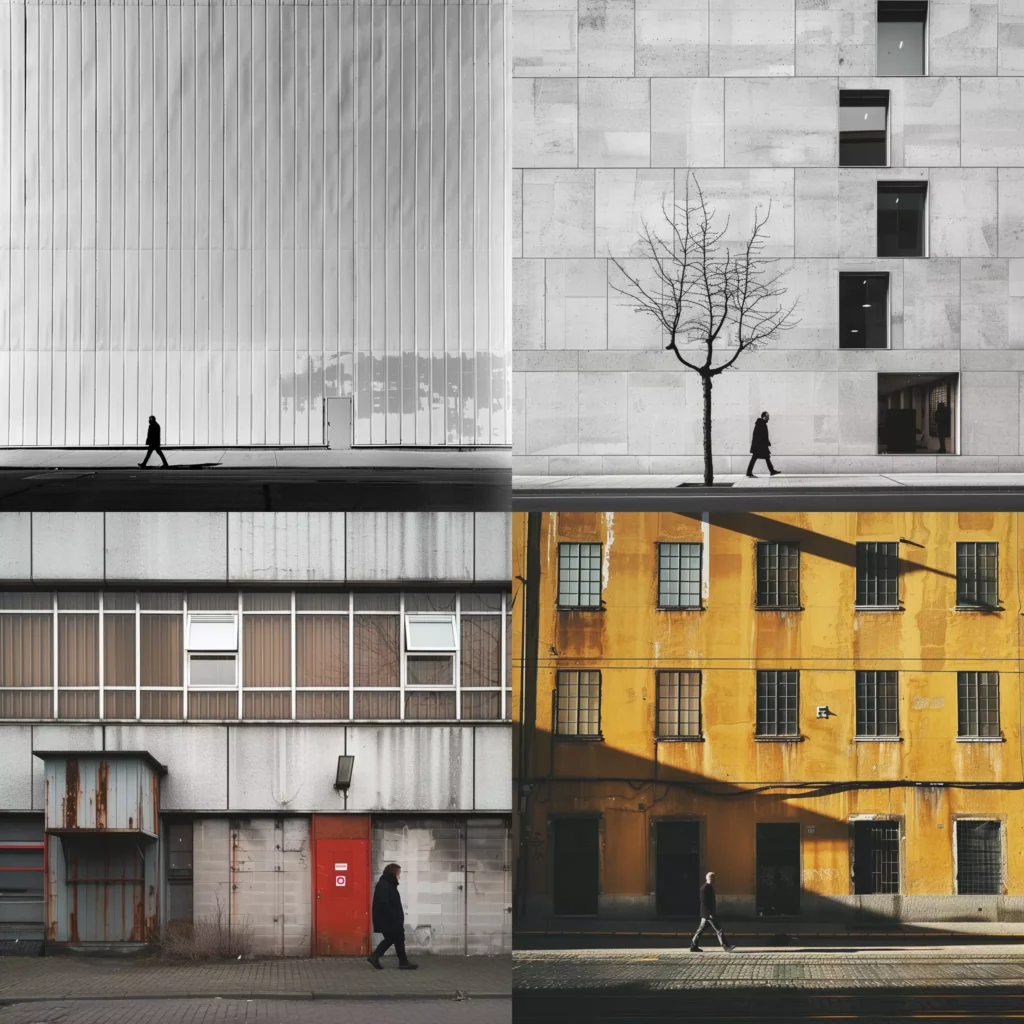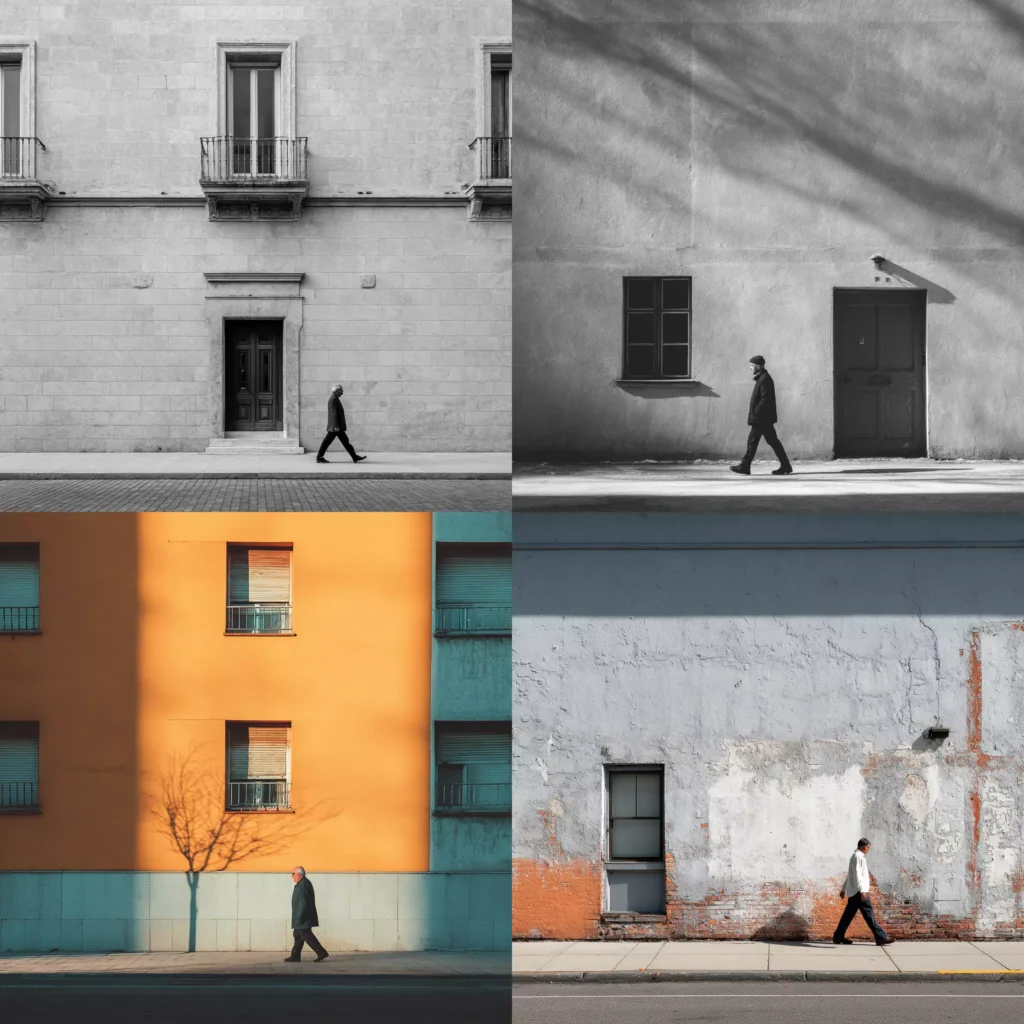Every AI image you generate in Midjourney is powered by an engine running behind the scenes—a version of the model trained on massive amounts of visual and textual data. That engine determines how your prompts are interpreted, how styles are rendered, and how closely your vision is matched.
The --v parameter lets you choose which version of the Midjourney engine you want to use for a specific prompt. With the launch of Version 7, understanding how the --v flag works—and when to use it—can make the difference between good results and incredible ones.
Let’s break it down: what --v is, how it evolved across Midjourney’s history, what each version offers, and how creators can use it to take more control over their outputs.
What Is --v? #
The --v parameter (short for version) allows you to specify which model version Midjourney should use to render your image. Each version is a different trained model with its own look, strengths, weaknesses, and behavior. By default, Midjourney uses the most current stable version—but you can override this by including --v followed by a version number in your prompt.
It’s like choosing between different rendering engines in a video game or different film stocks in a camera. Each gives the same subject a slightly different tone, focus, or feel.
The Evolution of Midjourney Versions #
To understand the power of --v, it helps to look at how Midjourney has changed over time. Here’s a quick overview:
Version 1 to 3 #
The early days of Midjourney (V1–V3) were all about dreamy, abstract outputs. These versions were experimental and heavily stylized. They lacked realism and fine detail, but had tons of artistic charm. Very few users still invoke these manually.
Version 4 — Naturalism Arrives #

V4 marked a huge leap forward. It introduced better understanding of prompt structure, improved realism, and better handling of faces and anatomy. It still leaned stylized but was more consistent and usable.
Version 5 — Control and Versatility #

V5 brought in major improvements:
- Higher resolution output
- Smoother photorealism
- Better handling of complex compositions
- More literal interpretation of prompts
Sub-versions like V5.1 and V5.2 added even better detail and prompt accuracy. This became the go-to for more serious creators.
Version 6 — Refined Realism and Prompt Precision #

V6 enhanced accuracy, detail, and naturalism. It became more literal by default—especially with the --raw mode enabled. It understood longer prompts better, improved hands and text rendering, and generally gave users more control.
Version 7 — The Current Standard #

V7 is now the default Midjourney engine. It brings:
- Faster generation
- Better adherence to prompt language
- Improved facial realism and lighting
- New parameters like
--oref,--ow, and better style reference integration - A smoother, more balanced aesthetic across styles
It’s also designed to be more consistent from one render to the next—especially useful for iterative design and storytelling.
Some find it is a bit more neutral out of the box, and that simply means that there is a bit if a jump to make if you’re coming from v 6. You’ll probably want to push your prompts a bit more to lean into your particular style, explore personalisation and moodboards to define a particular style and use parameters like –stylize and –exp much more to control the look and push the output.
How to Use --v in Prompts #
Using the version parameter is simple. Just place it at the end of your prompt like this:
prompt: ancient library with glowing orbs and floating scrolls --v 7
This tells Midjourney to use Version 7 for rendering, even if you’ve been switching between settings or using legacy engines.





